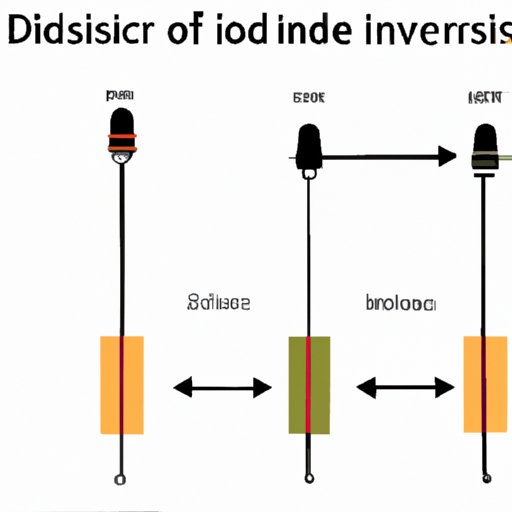How Does A Diode Work Circuit Diagram A diode's working principle depends on the interaction of n-type and p-type semiconductors. An n-type semiconductor has plenty of free electrons and a very few numbers of holes. In other words, we can say that the concentration of free electrons is high and that of holes is very low in an n-type semiconductor. The working principle of a pn junction diode can be broadly understood under three categories: Unbiased pn Junction, Forward Biased pn Junction and Reversed Biased pn Junction. We will discuss each of them one by one. Unbiased pn Junction Diode.

Rectifier Diode: A rectifier diode is a kind of diode that is used for the rectification of alternating current (A.C). LED: LEDs are diodes used for providing light. Zener Diode: Zener diode is used for the stabilization of current and voltage in electronic systems. Photodiode: Photodiodes are used to detect light. Switching Diode: Switching diodes are used for providing fast switching in

What is a Diode? Definition, Construction, Working, Characteristics and ... Circuit Diagram
Learn what a diode is, how it works, and its different types and uses. A diode is a two-terminal device that allows current to flow in one direction and blocks it in another. The current-moving regions within the diode can be divided into the P-region, N-region, and the internal electric field. Working together, they ultimately facilitate current conduction and restriction. In this article, TechSparks will introduce the working principle of a diode by explaining the formation of the P-N junction.

Explore the world of diodes, essential two-terminal semiconductor devices. From materials like silicon and germanium to diverse types and applications, uncover the characteristics, working principles, and construction. Understand forward and reverse biasing, delve into semiconductor layers, and grasp the significance of the depletion region. Working principle of semiconductor diode. N-type have a significant number of free electrons and very few holes. But in P-type, It has a high concentration of holes and very few free electrons. For this reason, the free electron from n side will diffuse into the p side and recombine with holes present there, leaving position is not movable ions Equally, the diode can only handle a certain voltage or current in the forward bias. The value is different for each diode, you'll need to look up this data to find the details. The diode requires a certain voltage level to open and allow current to flow in the forward bias. Most are around 0.6V.
